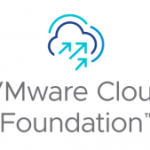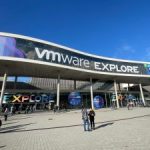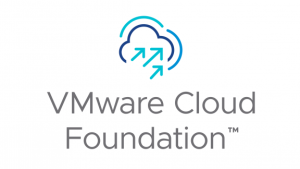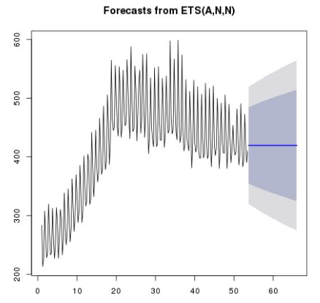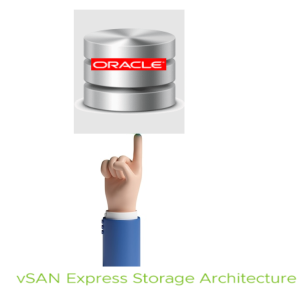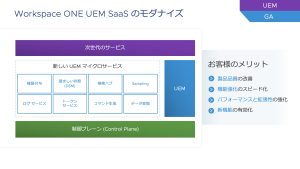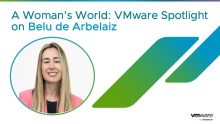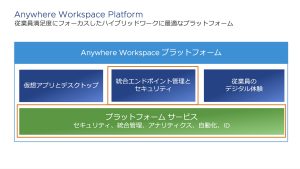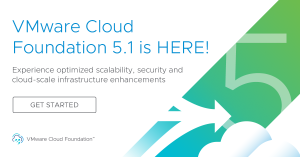
Building upon the successful rollout of VMware Cloud Foundation 5.0, VMware is pleased to announce availability of VMware Cloud Foundation 5.1* delivering key enhancements across storage, networking, compute and lifecycle management to enable customers to scale their private cloud environments and improve resiliency.

Figure 1: VMware Cloud Foundation Software BOM
VCF Support for vSAN Express Storage Architecture (ESA)
New in VCF 5.1 is enhanced support for NVMe storage platforms with new support for vSAN Express Storage Architecture (ESA) that enables customers to deploy next generation servers that deliver higher performance, more scalability and improved efficiency. By co-existing with vSAN Original Storage Architecture (OSA), vSAN ESA is an architecture designed to achieve all-new levels of efficiency, scalability, and performance optimized to exploit the full potential of the very latest in hardware to unlock new capabilities for VCF customers. You can learn more about vSAN ESA in this blog.
Networking and Security Enhancements
The VCF 5.1 release contains several enhancements which simplify the configuration of advanced networking and security. The most impactful change is the improved SDDC Manager workflows which allow administrators to configure new workload domains and clusters with multiple physical network adapters and multiple virtual distributed switches prepared for NSX.
Other networking enhancements have been made which further leverage NSX, with a simplified and compliant topology for stretched clusters configured for vSAN OSA, and the ability to configure edge clusters without 2-tier routing.
These fine-tuned networking enhancements allow Administrators to deliver highly performant networking and security topologies which can be easily scaled and lifecycle managed.
vSphere Distributed Services Engine for VCF environments
The VCF 5.1 release also supports the vSphere Distributed Services Engine (formerly known as Project Monterey), enabling Data Processing Units (DPUs) to offload tasks that have historically been done by x86 CPUs on the hypervisor. By offloading tasks such as networking and security to these programmable hardware accelerators, you can boost overall performance and support, larger performance hungry workloads. Initial support allows customers to offload the NSX virtualization stack running on a host to the PCIe bus of the SmartNIC device, improving performance and freeing up CPU cycles. With VCF 5.1 DPUs from AMD and NVIDIA are supported.
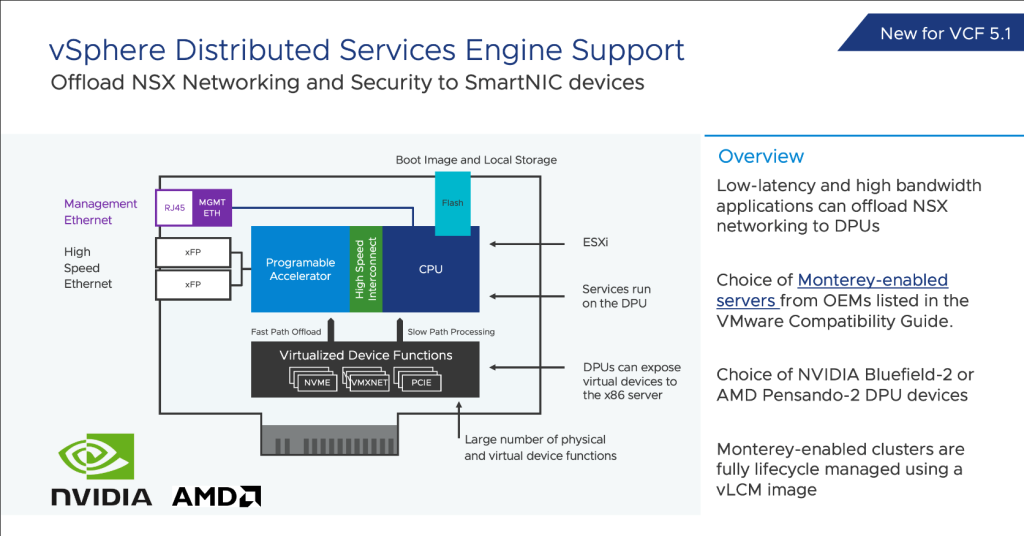
Figure 2: vSphere Distributed Services Engine Support in VCF 5.1
GPU Enhancements for Performance and Scale
In order to support larger Generative AI and LLM (Large Language Model) workloads, environments utilizing NVIDIA GPUs can use through Dynamic DirectPath I/O (referred to as “passthough”) or NVIDIA vGPUs configurations. This supports multiple use cases and enables the ability to deliver maximum performance for up to 16 GPUs/vGPUs per VM, which doubles the GPU capacity of previous VMware Cloud Foundation versions. Using one or more NVIDIA vGPU profiles on your VMs provides more integration with VMware infrastructure by supporting advanced vSphere capabilities such as vMotion, DRS VM placement and options for better bin packing of smaller vGPU aware VMs in your clusters to make room for larger GPU workloads such as LLMs.
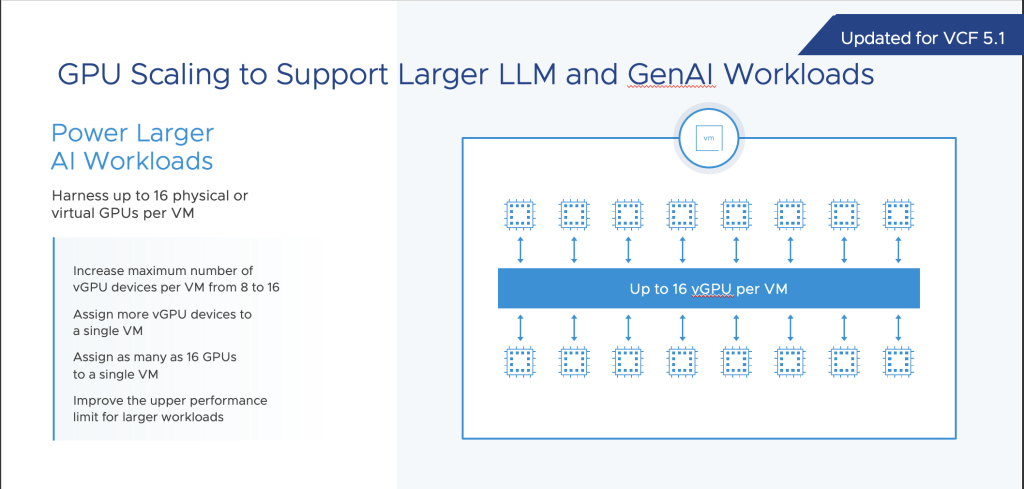
Figure 3: Enhanced support for NVIDIA GPUs in VCF 5.1
Other key enhancements available with VMware Cloud Foundation 5.1 include:
- VMware Aria Suite Lifecycle Cloud Management integration
- Lifecycle management updates including asynchronous prechecks and support for vSphere Lifecycle Manager images in VCF management domains.
- Numerous networking enhancements for vSAN Stretch clusters, NSX Edge clusters and enhanced SDDC Manager workflows.
- The VMware Identity Broker service allows Administrators to connect to third party/external identity providers (IDPs) for handling and processing identities, credentials and authentication (including multi-factor authentication). OKTA is now supported as a 3rd party VMware identity broker in VMware Cloud Foundation environments.
- New Terraform provider for VMware Cloud Foundation that enables the ability to use Infrastructure as code to deploy, operate and manage VMware Cloud Foundation with machine readable definition files to achieve a specific desired state.
* Note: VMware Cloud Foundation 5.1 is now available for perpetual deployments, subscription environments will be supported with VCF 5.1 at a later date.
Additional Resources:



